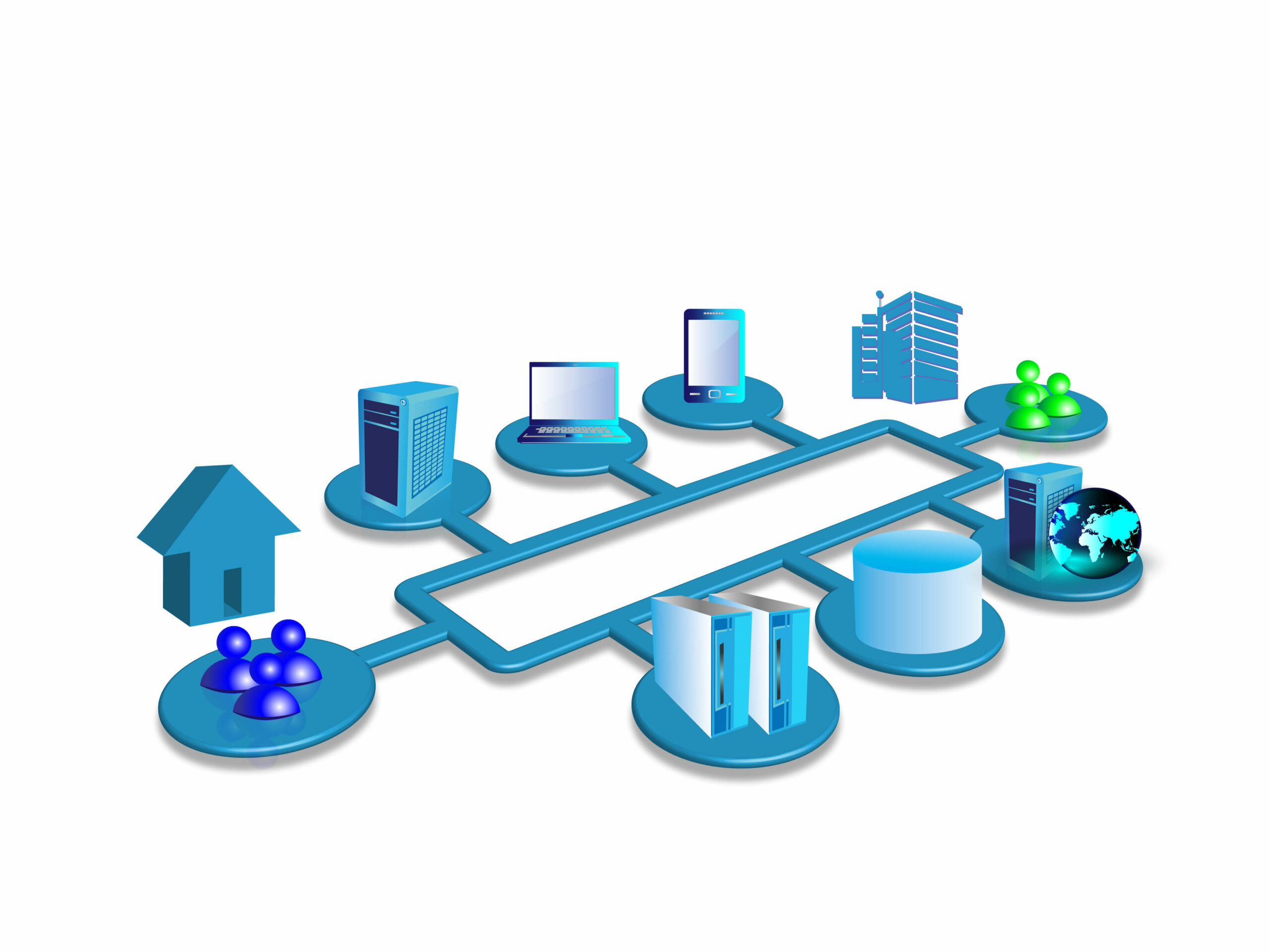A new technology comes along and it becomes the latest and greatest buzzword, let’s take Cloud as an example. However, within the process of building a successful business infrastructure there is the need for a foundation from which to build. That means a robust, integrated Service Oriented Architecture, or SOA.
However, the question that comes from this is “How?” How do you align current applications into an SOA environment while moving towards a cloud process? It is quite possible that there are many IT departments and technicians that can make volumes of books about this, but it can be rightly boiled down to a few simple sentences.
A successful SOA implementation relies as much on the flexibility of your network as it does the services which will be delivered on it. Just as brittle, inflexible application integration technologies have been deemed unsuitable and unable to meet today’s volatile business needs, so too have the static, inflexible network technologies of the past become a hindrance to the delivery of dynamic, flexible service-oriented applications.
A service-oriented application delivery controller ensures that the network infrastructure supporting your SOA implementation aligns with the business, just like the services and applications it delivers. The right service-oriented application delivery infrastructure enables the SOA and the business to realize the benefits of agility, reuse, and risk mitigation.
1. Agility
Within any architecture and business process there is the need for the working parts of the infrastructure to change and adapt with speed. This, of course, is the domain of the IT techs that are working within integrating the systems. IT enables that agility through the use of meta-data driven SOA-focused applications comprised of services that can be rapidly developed, tested, and deployed within an agile infrastructure framework.
A service-oriented application delivery controller is flexible and meets the business’ demand for agility by providing the means through which the delivery of applications and services can be adapted to meet delivery challenges without requiring the patches, updates, or upgrades of other network devices—all of which can interrupt service delivery and disrupt business.
2. Reuse
When it comes to any type of organizational structure and SOA infrastructure there is the need for the ability for redundancy and reusability. The goal of reuse is to cut costs, reduce cycle times, and ensure a level of consistency in business processes through reuse. Analysts estimate an average of 20% savings in development costs through the reuse of existing services. This is where the cloud comes in.
This reusing of services is often referred to as shared. This places a heavy burden upon the servers from which the applications are used and shared. Through an SOA environment, and cloud computing, the servers are no longer overloaded with data and information and can increase in their speed, agility, and ability to reuse.
3. Mitigating Risk
One of the factors driving business to not only continue to use SOA, but to look into the cloud integration, is the ability to mitigate risk through tighter controls over business processes. Several regulations, all inherently arbitrary and subject to change over time, impose serious financial penalties upon organization’s failing to properly adhere to their directives.
One of SOA’s primary goals is to align IT with the business. Integrated with a cloud computing environment then this becomes a much more agile, reusable, and risk worthy development.
SOA and ESBs
An Enterprise Service Bus (ESB) is the typical platform to realise a SOA. Much like the traditional EAI tools, an ESB provides salient functionality for messaging, complex event processing, management, routing and mediation. We are experts in helping companies select an ESB. Read more about ESBs and download our whitepaper here.

